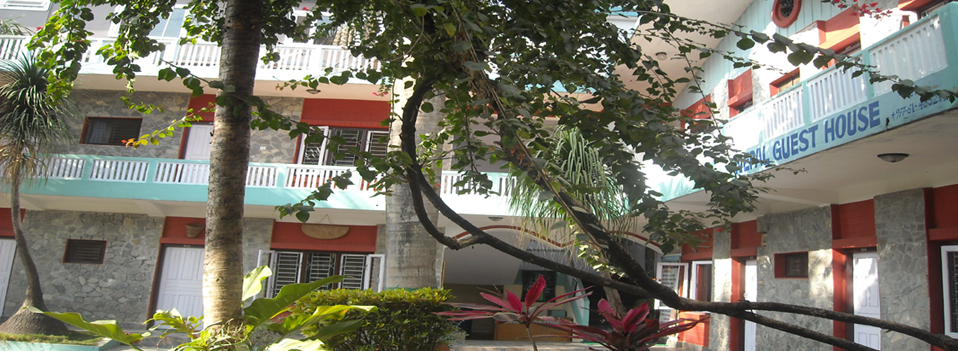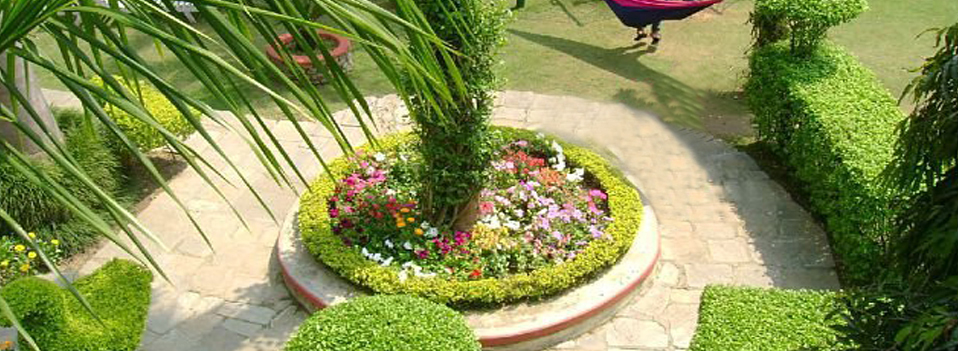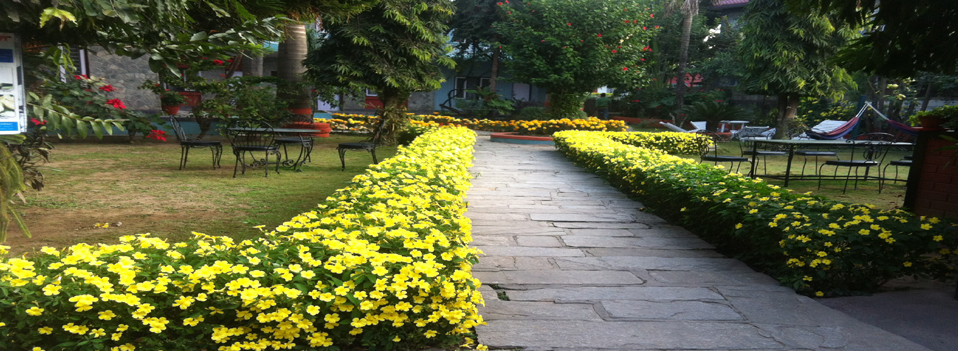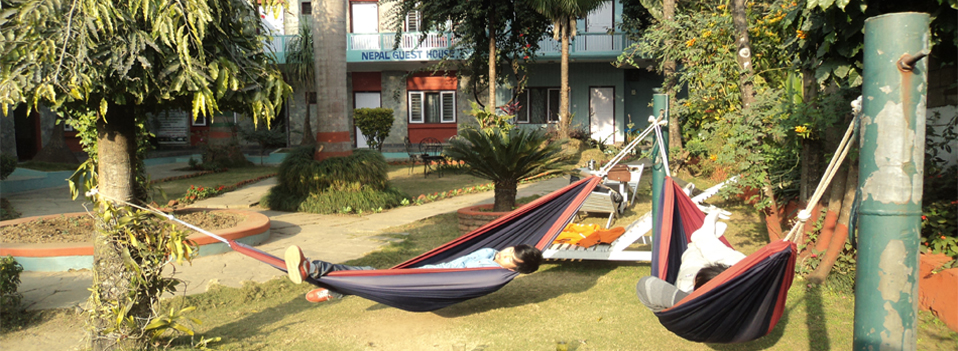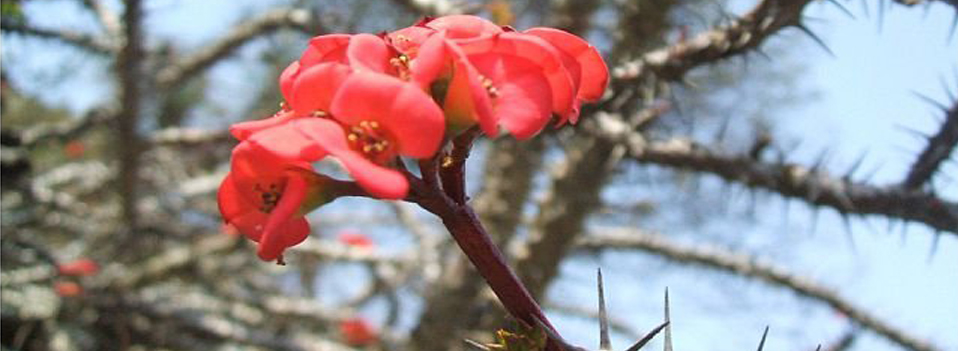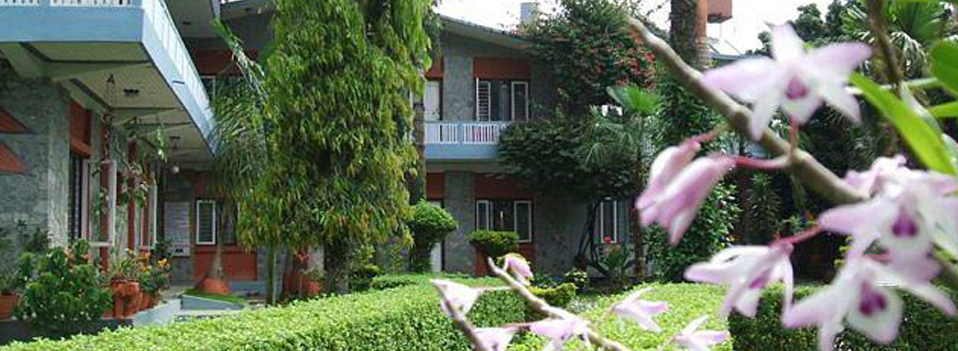| |
| Barahi Temple : |
| This is the most important religious monument in Pokhara. Built almost in the middle of Phewa lake, the two storied pagoda is dedicated to the boar manifestation of Ajima, the protectress deity representing the female force Shakti. Devotees can be seen, especially on Saturdays, carrying male animals and fowl across the lake to be sacrificed to the deity. |
| World Peace Pagoda : |
| The pagoda is a massive Buddhist stupa and is situated on top of a hill on the southern shore of Phewa lake. Besides being an impressive sight in itself, the shrine is a great vantage point which offers spectacular views of the Annapurna range and Pokhara city. You can get there by crossing the lake by boat and then hiking up the hill. |
| Seti Gandaki (River Gorge): |
| Flowing right through the city, the boisterous river runs completely underground at places. Amazingly, at certain points the river appears hardly two meters wide. But its depth is quite beyond imagination - over 50 meters! Mahendra Pul, a small bridge near the old Mission Hospital, provides a perfect view of the river's dreadful rush and the deep gorge made by its powerful flow. |
| Davi's Fall: |
| Locally known as Patale Chhango (Hell's Fall), Devi's fall (also known as Devin's or David's) is an awesome waterfall lying about 2 km south-west of Pokhara airport on the highway to Tansen. An interesting modern legend says that a foreigner named David was skinnydipping in the Pardi Khola (river) when the floodgates of the dam were opened, sweeping him into an underground passage beneath the fall, never to be seen again. |
| Gupteswar Gupha (cave) : |
| Gupteswar Gupha, a sacred cave, lies 2 km from Pokhara airport on the Siddhartha Highway leading southwest from the city. The entrance is right across from Devi's Fall and the cave is almost 3 km long. It has some big hall-size rooms and some passages where you have to crawl on all fours. This cave holds special value for Hindus since a phallic symbol of Lord Shiva is preserved here in the condition it was discovered. |
| Mahendra Gupha (cave): |
| Mahendra Gufa, locally called Chamero Odhaar ("House of Bats"), is the large limestone cave. Shepherd boys are said to have discovered it around 1950. A two hour walk to the north of Pokhara, it is best to bring your own torch to see the stalactites and stalagmites, although most of them have been carted out by souvenir hunters. |
| The Old Bazaar : |
(Ganesh tole and Ram Krishna Tole)
Pokhara's traditional bazaar is colorful and so are its ethnically diverse traders. In its temples and monuments can be seen ties to the Newar architecture of the Kathmandu Valley. Located about 4 km from Lakeside, the market's original charm is alive and well.
|
|
|
|
|

